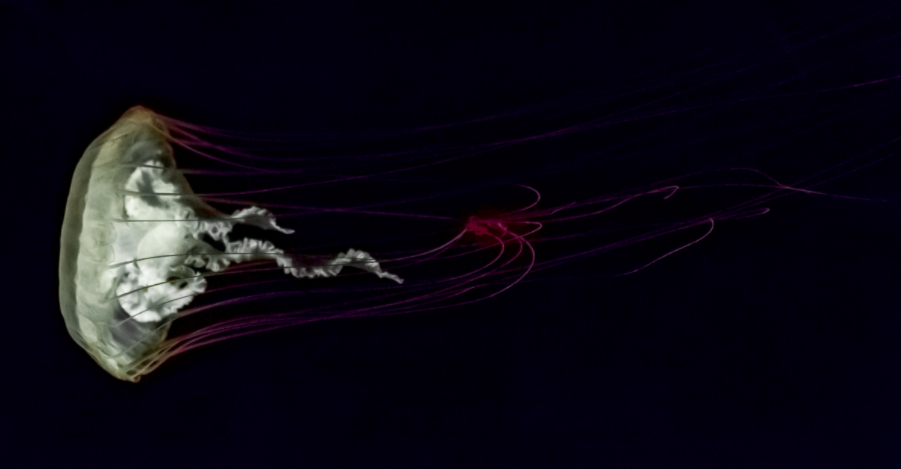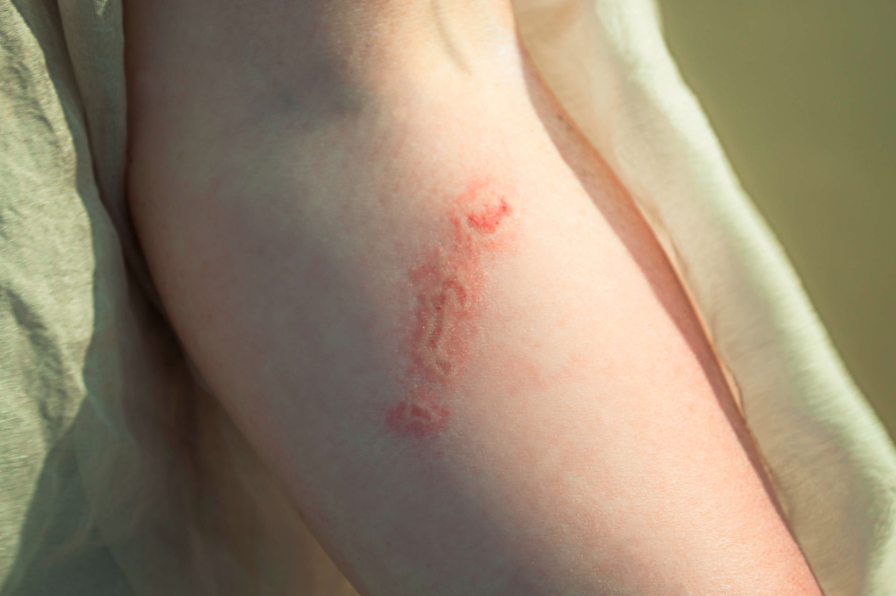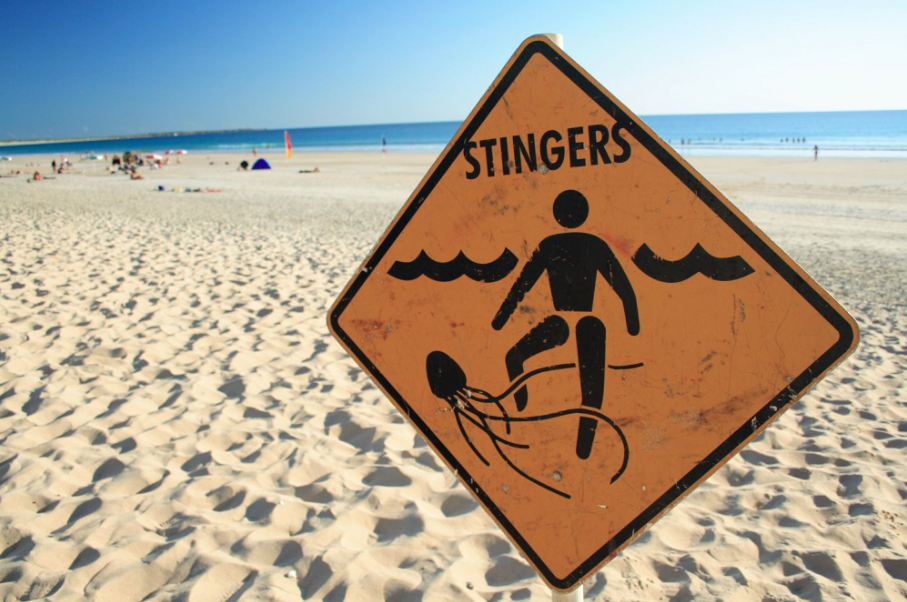Question Your World: What Can CRISPr Teach Us About Ourselves?
CRISPr gene editing technology has caused a lot of controversy as we debate if we should or should not be able to manipulate our own genetic variables. While some CRISPr related news stories have raised ethical questions, others have simply shed more light on how genes work. A recent study regarding how we handle venomous stings is shedding light on some pretty remarkable ways that the great big natural world interacts with us on a cellular level. Today's Question Your World has it all! Venom, giant jellyfish, and high tech gene editing! What can CRISPr teach us about ourselves?
There’s still a lot left to know about our own bodies and how they interact with the natural world.
For example, vacationers to tropical waters around Australia might have a painful encounter with a box jellyfish, but we still know relatively little about how our bodies react to box jellyfish stings. Well, thanks to science, we're getting a little closer to the complete picture of how we react to a very dangerous sting from a very dangerous animal.

Image credit: Getty Images
First of all, most jellyfish venom and the way it interacts with our bodies remains understudied. For this particular study, scientists looked at the most venomous marine creature on Earth, the Australian box jellyfish. This thing clocks in at a whopping 9 feet or so in length and has enough venom in its barbed tentacles to kill 60 humans! Beyonce said it best folks, “I don’t think you’re ready for this jelly." A sting from this particular species results in excruciating pain and scarred skin from cellular death. A larger dose of venom could even lead to cardiac arrest and death. Scary stuff.

Image credit: Getty Images
For this study, scientists were specifically looking at the issue of pain and cellular death and the subsequent scarring on the skin. Using CRISPr gene editing technology, they took millions of human cells and then turned on or off different genetic variables. These cells were then exposed to the jelly toxin. By seeing which cells did and didn’t survive, they were able to observe which variables are involved in cell death in relation to this toxin.

Image credit: Getty Images
It turns out cellular cholesterol is a pathway by which this toxin interacts with the cell. Using existing drugs that reduce cellular cholesterol, these researchers were able to make a repurposed medicine and administer it on both human cells and living mice that had interacted with the toxin. If applied within 15 minutes of the sting, their medicine prevented pain, cellular death and scarring.
While considered a very controversial technology, this team’s use of CRISPr has allowed scientists to gain a better understanding of our own cellular nature. More research and study is needed, but perhaps one day, Beyonce and the rest of us could actually be ready for this jelly.